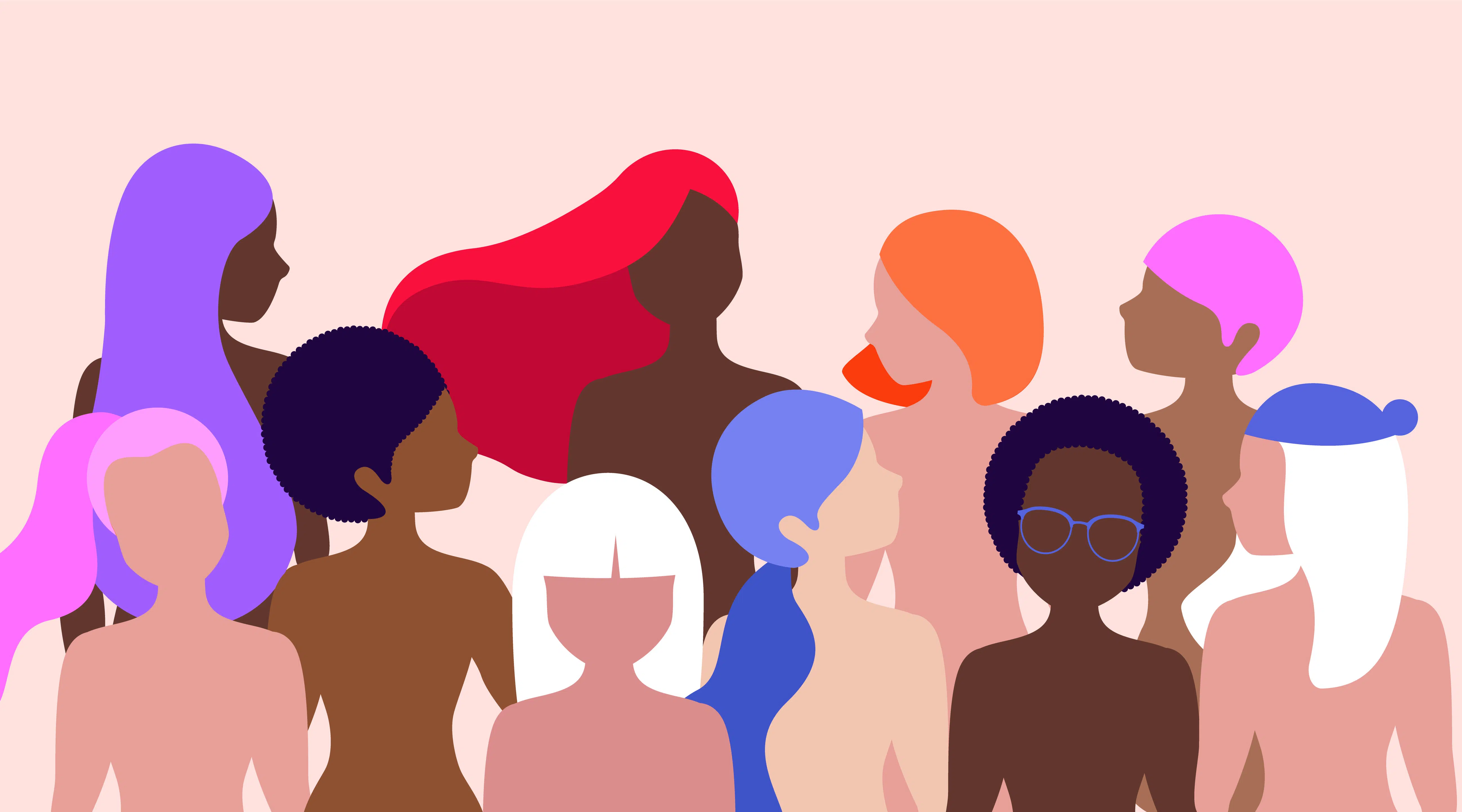***This article about gender expression features gender dichotomously in some parts as that is what is indicated in the references and research. The research does not indicate any variability. We have provided the language in these statistics because of what we found in the research.
What is Gender Expression?
Gender expression is a concept that describes how a person expresses or presents their gender. This expression can feature behavior and outward appearances, like how a person dresses, does their hair or make-up, or body language. A person’s chosen name and pronouns can be another way to showcase gender.
Gender expression can reflect a person’s gender identity, which is an internal sense of their gender; however, this is not always true. This concept is different from both sexual orientation and sex assigned at birth. In addition, gender expression does not always align with a person’s gender identity. In essence, a type of outward expression considered atypical for a person’s externally perceived gender can be described as gender non-conforming.
What Is the Difference Between Gender Expression and Sexual Orientation?
Gender expression does not necessarily connect to a person’s sexual orientation. People can often be misinterpreted as more masculine if lesbian and more feminine if gay, no matter the individual’s expression. As a result, this can lead to people misinterpreting an individual’s gender expression due to their sexuality. According to studies on adolescents by Stacey Horn, gay and lesbian individuals whose gender expression did not match their assigned gender were viewed as less acceptable. In addition, people who expressed themselves with their assigned gender faced less harassment and discrimination.
What is the Difference Between Sex, Sexuality, and Gender?
The study also found that heterosexual men who had a more feminine expression were the most discriminated against.
Types of Gender Expression
Gender expression is about how a person experiences and expresses different aspects of the gender binary. Gender expression can include the following:
- Masculine
- Feminine
- Gender-neutral
- Androgynous
- Gender-conforming
- Gender-nonconforming
There are infinite amounts of gender expression and ways to identify. Typical or masculine gender expression in our culture is referred frequently to as “manly,” while feminine expression can be known as “effeminate.” An atypical masculine expression can be called “tomboyish.” For many lesbian, femme, and queer women, masculine and feminine expressions can be known as “butch.” If there is a mixture of typical and atypical expressions, it can be known as androgynous. Androgynous is a type of expression perceived by others as neither typically feminine nor masculine. Other terms include gender-neutral. These are just a select number of many examples.
The term gender expression is also referred to in the Yogyakarta Principles. This concerns the application of international human rights law according to sexual orientation, gender identity, gender expression, and sex characteristics. Furthermore, the term designates a criterion for human rights protection in various countries, like Canada.
It is essential to consider those societal roles and cultural stereotypes that influence these expressions. In essence, they can change over time. Also, behaviors, clothing, and body language are social constructs that are sometimes labeled as masculine or feminine. However, this binary can be restrictive for people expressing themselves due to fear of discrimination or negative feedback.
Gender expression is unique to every individual. Some people may identify with a particular gender, while others may have mixed feelings. As previously mentioned, a person’s internal sense of gender identity may not match their outward appearance or gender expression either. For example, a person assigned female at birth may identify as male but express their gender through what others consider to be stereotypically feminine traits and behaviors.
What Are the Impacts of Gender Expression?
People who have a gender expression different from societal expectations can be more prone to experiencing bullying, harassment, discrimination, and intolerance. Especially those who are transgender or gender-nonconforming; are more likely to encounter discrimination.
Gender expression can be vital in a person’s identity and sense of self. However, because of violence, discrimination, negative feedback, and more, many people will feel anxious expressing themselves with what aligns with their gender identity. As a result, this can take a toll on a person’s mental health and wellbeing.
In addition, research has found that gender expression can impact the healthcare that people receive. In other words, people whose expression of gender does not match their assigned birth sex experience can face discrimination from healthcare providers. Because of this, their quality of care can be negatively impacted.
How Can You Help Others?
If you know someone with a gender expression that doesn’t match the stereotypical binary ideas of how men and women present themselves, there are various things you can do to support your loved one.
Here are a few tips:
Support their gender expression
Being supportive of someone’s gender expression is always a good first step. Some people may go through changes to their gender or how they express themselves. Be sure to support their changes and be someone that they can feel safe with and trust.
Be their ally
Do everything you can to be the best ally possible. For example, if you hear someone saying something negative about their gender expression, be sure to speak up. You can also educate yourself on how to be a strong advocate.
Ask them about their pronouns
It is essential to ask someone about their pronouns. In fact, it is good practice to ask everyone their pronouns upon meeting them. Do not make assumptions about someone’s gender based on their appearance or how they act. In addition, if you call someone by the incorrect name or pronouns, apologize, correct yourself, and move forward. Be sure not to over apologize or bring too much attention to it – just use the correct names and pronouns after making a mistake.















